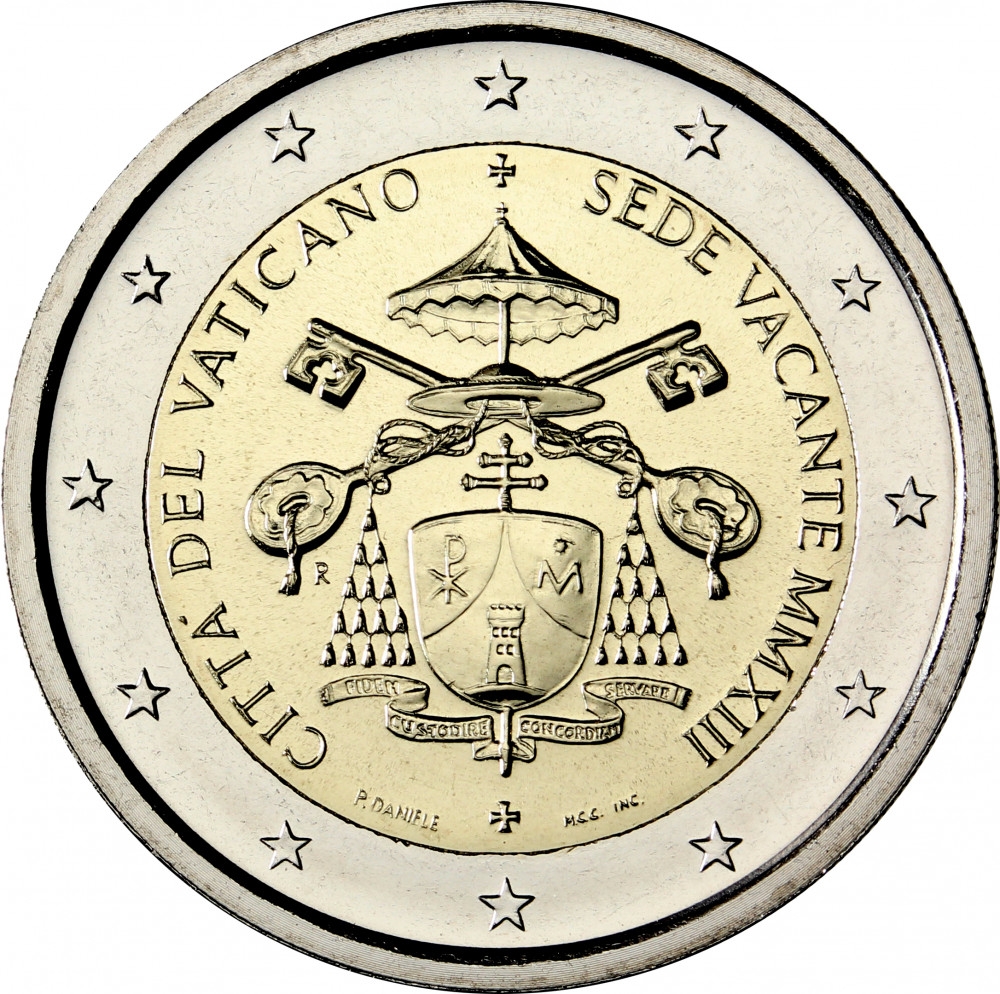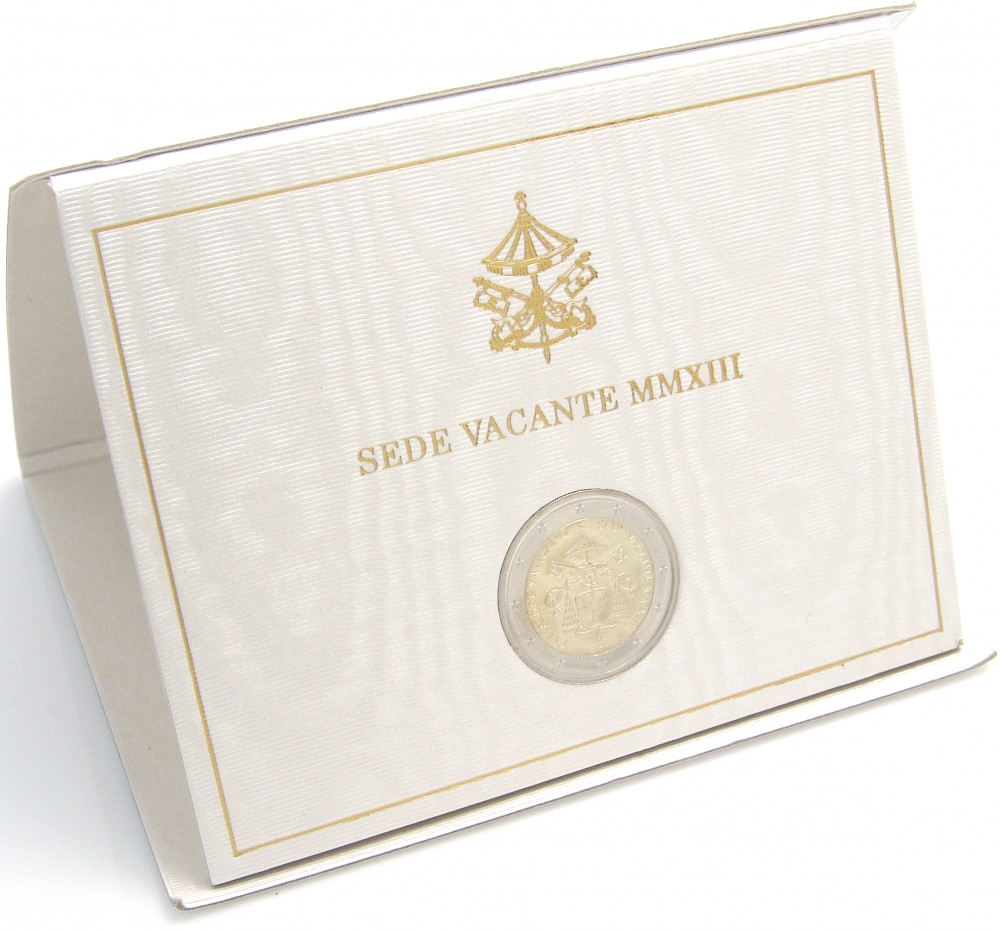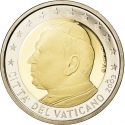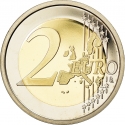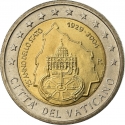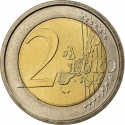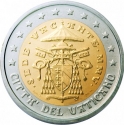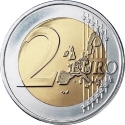You are about to finish your registration. Please check your mailbox (including spam folder). There should be a letter with a confirmation link. Check setting to make sure that your e-mail address is correct.
Send letter againDescription
Sede vacante in the canon law of the Catholic Church is the vacancy of the episcopal see of a particular church and especially that of the papacy. It is Latin for "[with] the seat being vacant", the seat in question being the bishop's throne of the particular church.
After the death or resignation of a pope, the Holy See enters a period of sede vacante. In this case the particular church is the Diocese of Rome and the "vacant seat" is the cathedra of Saint John Lateran, the cathedral church of the Bishop of Rome. During this period, the Holy See is administered by a regency of the College of Cardinals.
Obverse

|
Coat of arms of the Cardinal Camerlengo of the Holy Roman Church during Sede Vacante (surmounted by the crossed keys, and the galero with fifteen tassels on each side) with the pavilion of the Apostolic Camera is surrounded with the inscriptions 'CITTÀ DEL VATICANO' (Vatican City) at the left and 'SEDE VACANTE MMXIII' (the seat being vacant 2013) at the right. The coin's outer ring depicts the 12 stars of the European flag. CITA' DEL VATICANO SEDE VACANTE MMXIII |
|---|---|
Reverse

|
A geographical map of Western Europe spans the outer ring and inner core on the right side of the coin. The inscription 2 EURO is superimposed over the map of Europe, with the numeral “2” located in an open field representing the eastern Atlantic Ocean. 2 EURO |
| Edge |
The sequence "2 ★" repeated six times alternately upright and inverted 2 ★ 2 ★ 2 ★ 2 ★ 2 ★ 2 ★ |
2 Euro
KM# 447 Schön# 437
Characteristics
| Type | Commemorative Issue (Circulating) |
| Material | Bi-Metallic |
| Ring | Cupronickel |
| Center | Nickel Brass |
| Weight | 8.5 g |
| Diameter | 25.75 mm |
| Thickness | 2.25 mm |
| Shape |
|
| Alignment | Medal |
| Mint |
Italian State Mint and Polygraphic Institute (IPZS)
|
